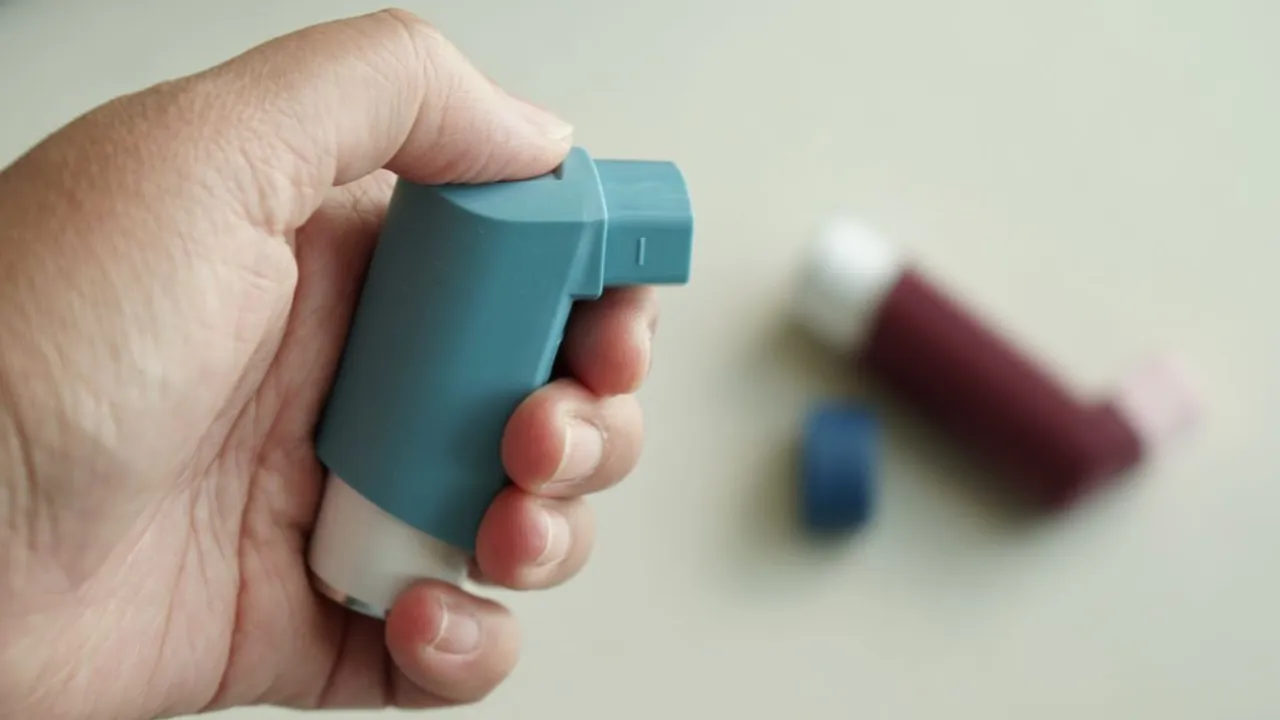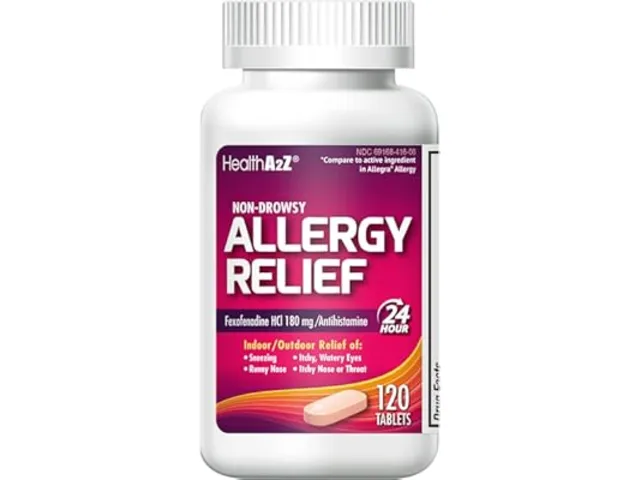Asthma medication
Asthma medication can control symptoms and prevent attacks when used right. Quick-relief inhalers (short-acting beta agonists like albuterol) stop wheeze and tightness fast — keep one handy and use as your doctor shows. Long-term control drugs reduce inflammation and flare-ups. Inhaled corticosteroids (fluticasone, budesonide) are the most common long-term option; they lower airway swelling and cut down on nighttime coughing. LABA drugs (long-acting beta agonists) help open airways for 12 hours or more but should usually be combined with an inhaled steroid. Newer options include LAMA inhalers and biologic injections for severe allergic or eosinophilic asthma.
Technique matters as much as the medicine. Using a spacer with a metered-dose inhaler improves drug delivery to the lungs and cuts mouth irritation. Rinse your mouth after using inhaled steroids to avoid thrush. Practice your inhaler steps in front of a mirror or ask a nurse to watch — most people make mistakes that reduce effectiveness.
Know common side effects and warning signs. Albuterol often causes jitteriness, a fast heart rate, or mild tremor; inhaled steroids can cause a hoarse voice or thrush; oral steroids raise blood sugar, mood swings, and bone risk when used long-term. Call your doctor if your rescue inhaler fails to help, your peak flow is much lower than usual, or you need more doses than your action plan allows.
Special treatments for tough-to-control asthma are available. Leukotriene modifiers work as pills and help both allergies and asthma. Biologics like omalizumab, mepolizumab, or benralizumab target immune pathways and are given by injection or infusion for specific patients with severe asthma. Your specialist will test blood markers and symptom patterns to pick the right one.
Managing medication safely at home reduces risk. Store inhalers away from high heat, check expiration dates, and carry a spare when traveling. Keep a written asthma action plan that lists daily meds, rescue steps, and when to seek emergency care. Share that plan with family, teachers, or coworkers who might need to help during an attack.
Buying asthma drugs online? Always use licensed pharmacies and expect to provide a valid prescription. Avoid sites that sell prescription inhalers without a prescription or offer suspiciously low prices. Look for clear contact info, licensed pharmacist access, and secure payment. If you’re unsure, call your clinic and ask for recommended pharmacy partners.
Regular checkups make a big difference. Review inhaler technique, track how often you use your rescue inhaler, and adjust therapy based on symptoms and lung tests. With the right meds, good technique, and a plan, most people keep asthma under control and live full, active lives.
Want quick wins? Use a rescue inhaler before exercise if exercise triggers symptoms. Get yearly flu shots and keep allergies under control — that lowers attacks. Learn emergency signs: trouble speaking, bluish lips, or peak flow less than half usual needs immediate care. Keep a second adult trained to use your inhaler and epinephrine if you have severe allergies. Steps like these cut risk and give peace of mind.

Order Ventolin Safely: A Comprehensive Guide to Procure Your Medication Securely
Hello, folks! Just as you, I too understand the importance of acquiring our essential medicines like Ventolin in a safe and secure manner. That's why today, I decided to put together a handy guide to help us navigate this process. In this post, we'll explore the ins and outs of ordering Ventolin safely from reputable sources. Let's dive in and ensure we get the medication we need without any hiccups.
Health and WellnessLatest Posts
Tags
- online pharmacy
- medication
- dietary supplement
- side effects
- online pharmacy UK
- medication safety
- mental health
- impact
- online pharmacies
- dosage
- antibiotic side effects
- skin health
- health
- pain relief
- dietary supplements
- massage therapy
- medication side effects
- eye inflammation
- health benefits
- mental health treatment




